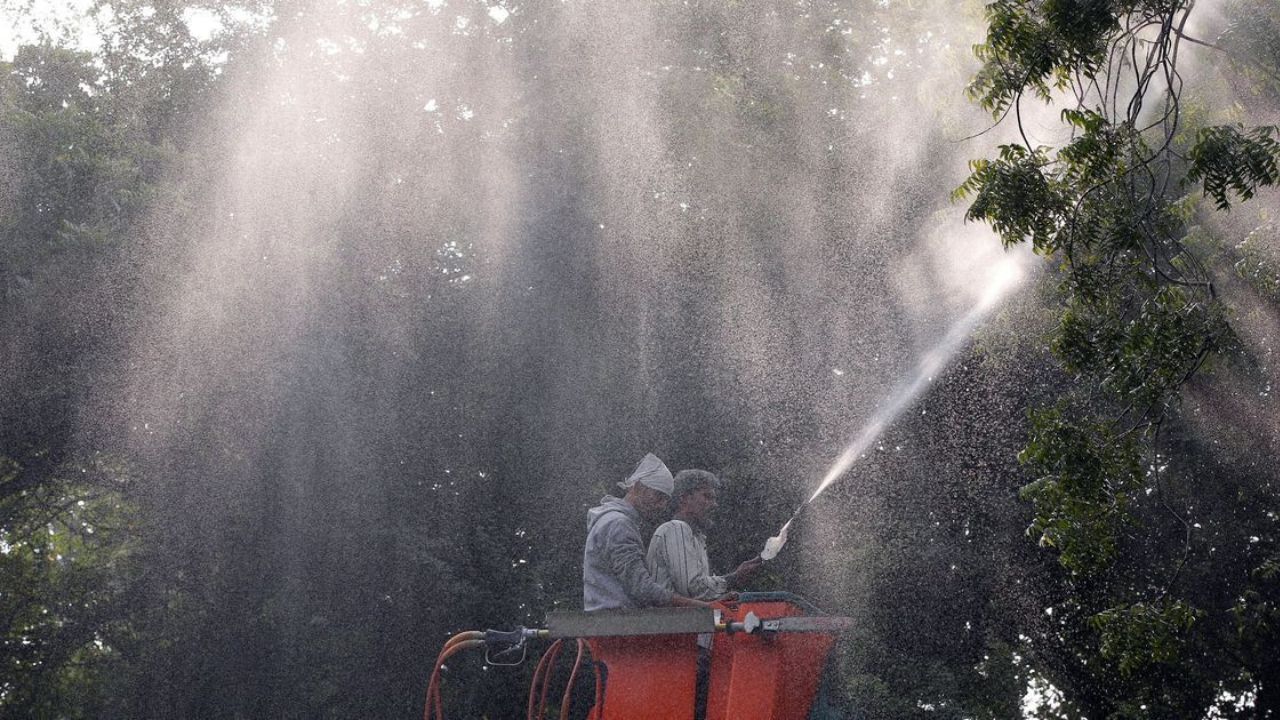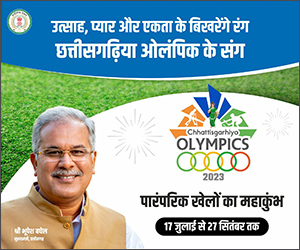The Water-Sprinkler Mirage: India’s Illusion of Clean Air

As the smoky fog of Diwali lifts and India’s cities choke again under swollen air-pollution numbers, you’ll spot them: big yellow or white trucks trundling through major roads, hosing down pavements, bronzed by grime, their superstructures bearing the promise of cleanliness. These are the so-called “water-sprinkler trucks” deployed by municipal agencies across India to fight dust and particulate matter in the air.
And while the government continues to turn a blind eye to its own negligence, it now expects us to believe that a fleet of water-sprinkler trucks will keep our air breathable. These vehicles, we’re told, reduce air pollution as reliably as political promises highly visible, take center stage in photo-ops, but when you dig deeper, you realize they often carry far more symbolism than substance.
The truth is: yes – these water-sprinkler trucks have a role (settling dust, reducing road-resuspended particles) but they’re not the solution. They are a drop in the ocean of what needs to be achieved. If we treat them as the core of our anti-pollution strategy, we risk substituting genuine action with optics.
The Role of Water-Sprinkler Trucks
Water-sprinkler trucks are designed to suppress dust by spraying fine water droplets onto surfaces, causing airborne particles to settle. In cities like Delhi, Mumbai, and Bengaluru, these trucks are deployed to dampen construction sites, unpaved roads, and high-traffic areas. Delhi alone boasts a fleet of 460 such vehicles, part of a larger initiative to curb air pollution.
While these trucks can temporarily reduce dust levels, their impact on overall air quality is minimal. They primarily address coarse particulate matter (PM₁₀), whereas the more harmful fine particles (PM₂.₅) often originate from vehicular emissions, industrial activities, and crop burning, sources that water-sprinkler trucks cannot mitigate.
Moreover, the effectiveness of water-sprinkling is short-lived. A study in Delhi found that the benefits last only 10–15 minutes before dust is resuspended by wind or traffic.
How Effective Are They?
Water-sprinkler trucks, while a common sight in Indian cities, offer only a temporary and limited solution to the complex issue of air pollution. Their primary function is to suppress coarse particulate matter (PM₁₀) by settling dust on roads. However, their effectiveness diminishes rapidly, and they fail to address the more harmful fine particulate matter (PM₂.₅), which constitutes a significant portion of urban air pollution.
Limited Impact on PM₂.₅
Studies have shown that while water spraying can reduce dust levels, it may inadvertently increase PM₂.₅ concentrations. For instance, research indicates that spraying roads with water can lead to a rise in PM₂.₅ levels due to the formation of water-soluble organic compounds in the aerosol particles.
This suggests that water sprinklers might exacerbate, rather than alleviate, fine particulate pollution.
Short-Term Efficacy
The benefits of water sprinkling are short-lived. A study in Delhi found that the effectiveness of water sprinkling lasted only 10–15 minutes, as dust is quickly resuspended by wind or traffic. This transient impact underscores the need for more sustainable and long-term solutions.
Resource Intensive
Deploying water-sprinkler trucks requires substantial water resources, which is particularly concerning in water-scarce regions. For example, Delhi’s plan to deploy 600+ machines for dust control would consume approximately 182 lakh litres of water per day, raising sustainability concerns
A Call for Comprehensive Action
While water-sprinkler trucks have a role in dust suppression, they are not a panacea for India’s air pollution woes. Genuine progress requires stringent emission controls, promotion of public transportation, regulation of industrial emissions, and enforcement against crop burning. Only through a multifaceted approach can India hope to achieve breathable air for its citizens.
In conclusion, as long as the government continues to rely on water-sprinkler trucks as a primary solution, the air will remain polluted, and the public will be left gasping for real change.
Read Latest News and Breaking News at The Newsman, Browse for more Opinion News



